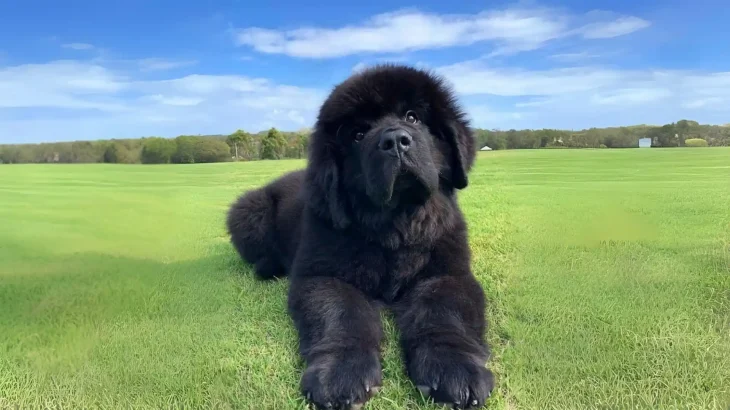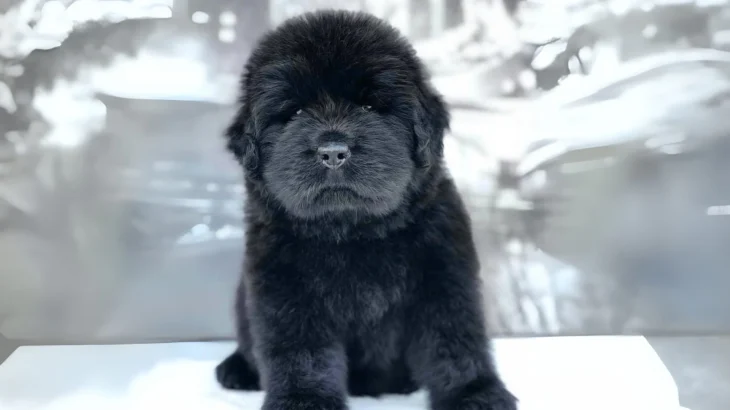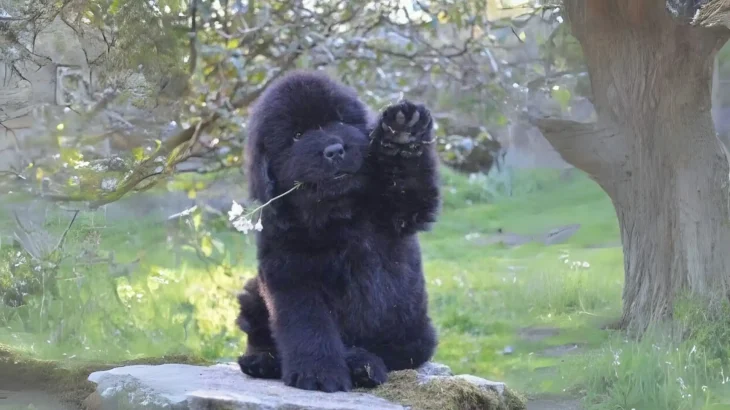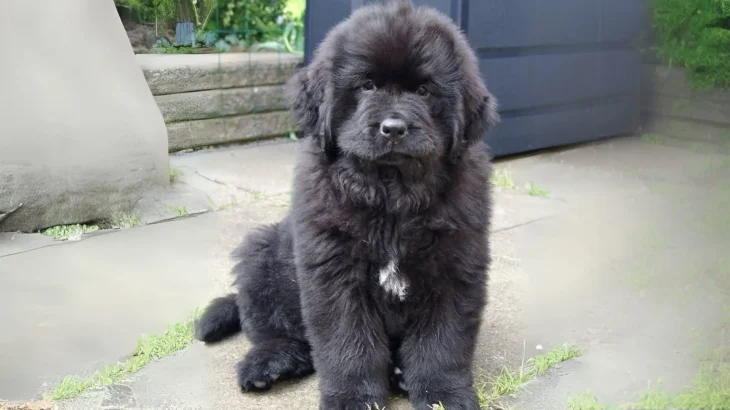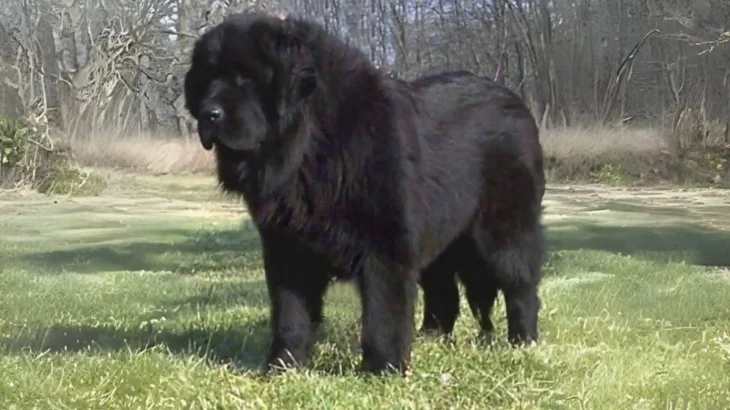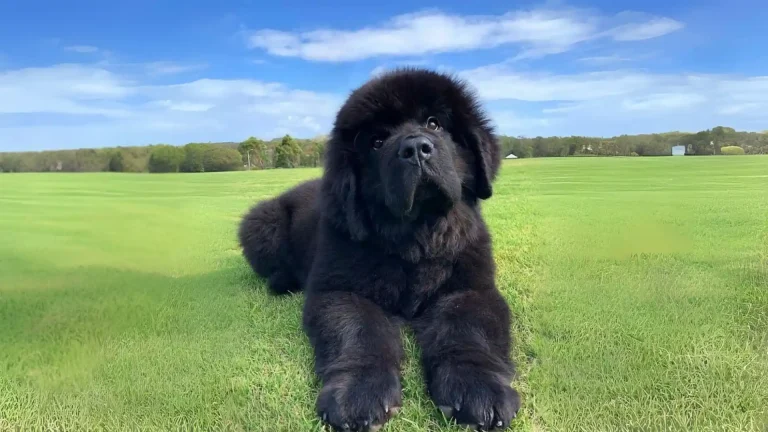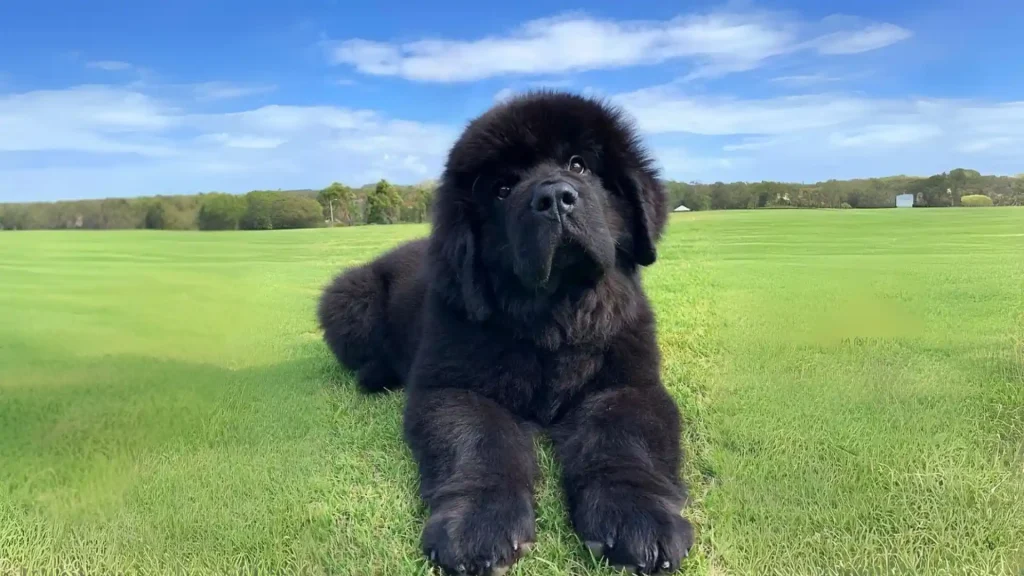Deciding whether to adopt or buy a Moscow Vodolaz puppy comes down to balancing predictability with compassion. Purchasing from a breeder usually guarantees a clearer understanding of the puppy's health and lineage, while adoption provides a chance to give a deserving dog a forever home.
| Criteria | Buying from Breeder | Adopting from Shelter/Rescue |
|---|---|---|
| Cost | Typically higher, reflecting breed purity and pedigree verification. | Generally lower adoption fees, making it an economical choice. |
| Health History | Comprehensive health records and genetic testing often provided. | Health background may be incomplete but basic health screenings are common. |
| Age Availability | Primarily offers puppies, allowing for early socialization and training. | Wide range of ages available, including adults with established temperaments. |
| Temperament Insight | Breeders can provide info on lineage temperament and traits. | Shelter staff can share observed behaviors though full history may be unknown. |
| Ethical Considerations | Supports controlled breeding programs but requires discerning ethical breeders. | Supports animal welfare by rescuing dogs in need and reducing shelter populations. |
| Breed Purity & Pedigree | Guaranteed purebred with pedigree documentation. | Mixed or unknown lineage; purebreds possible but less common. |

